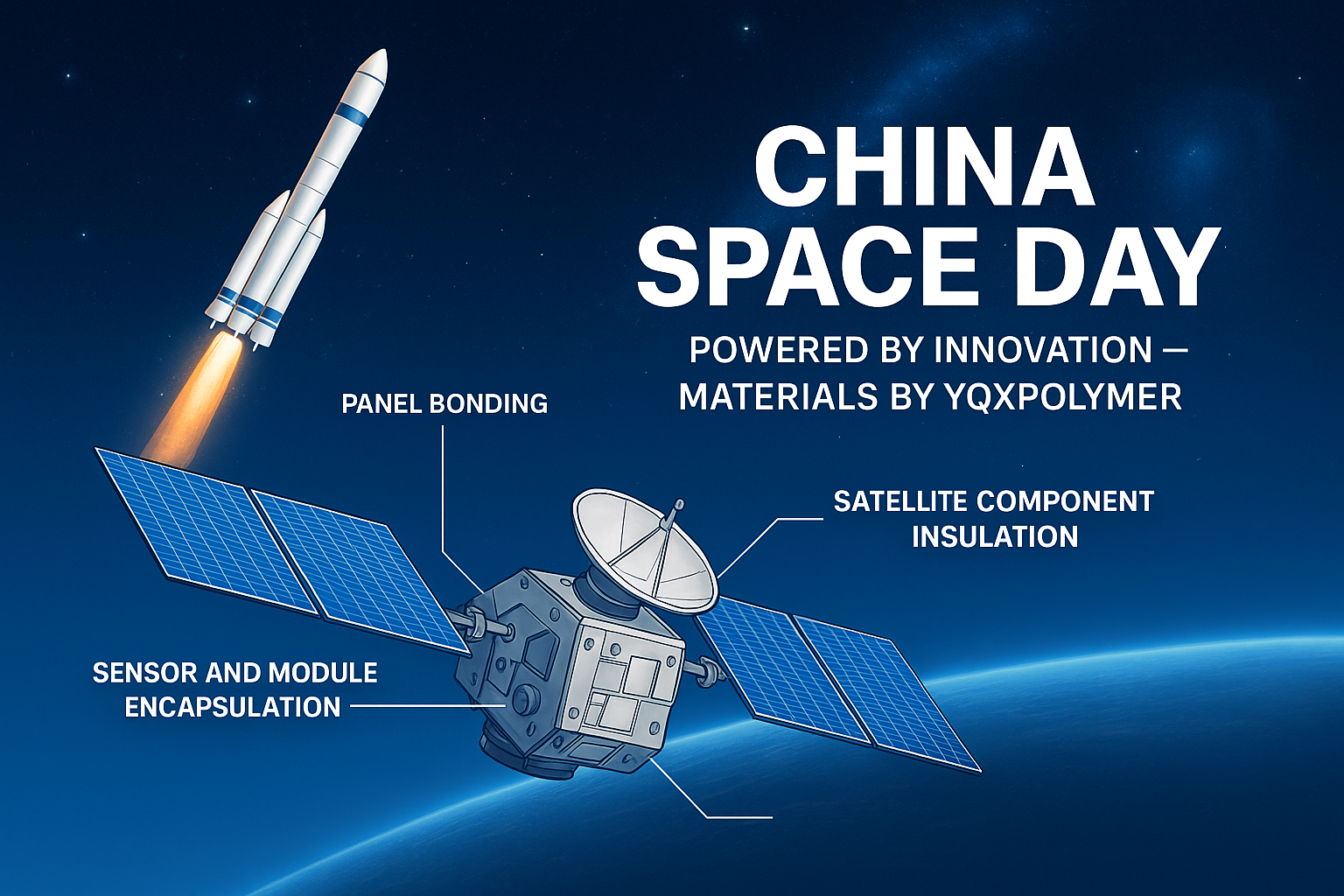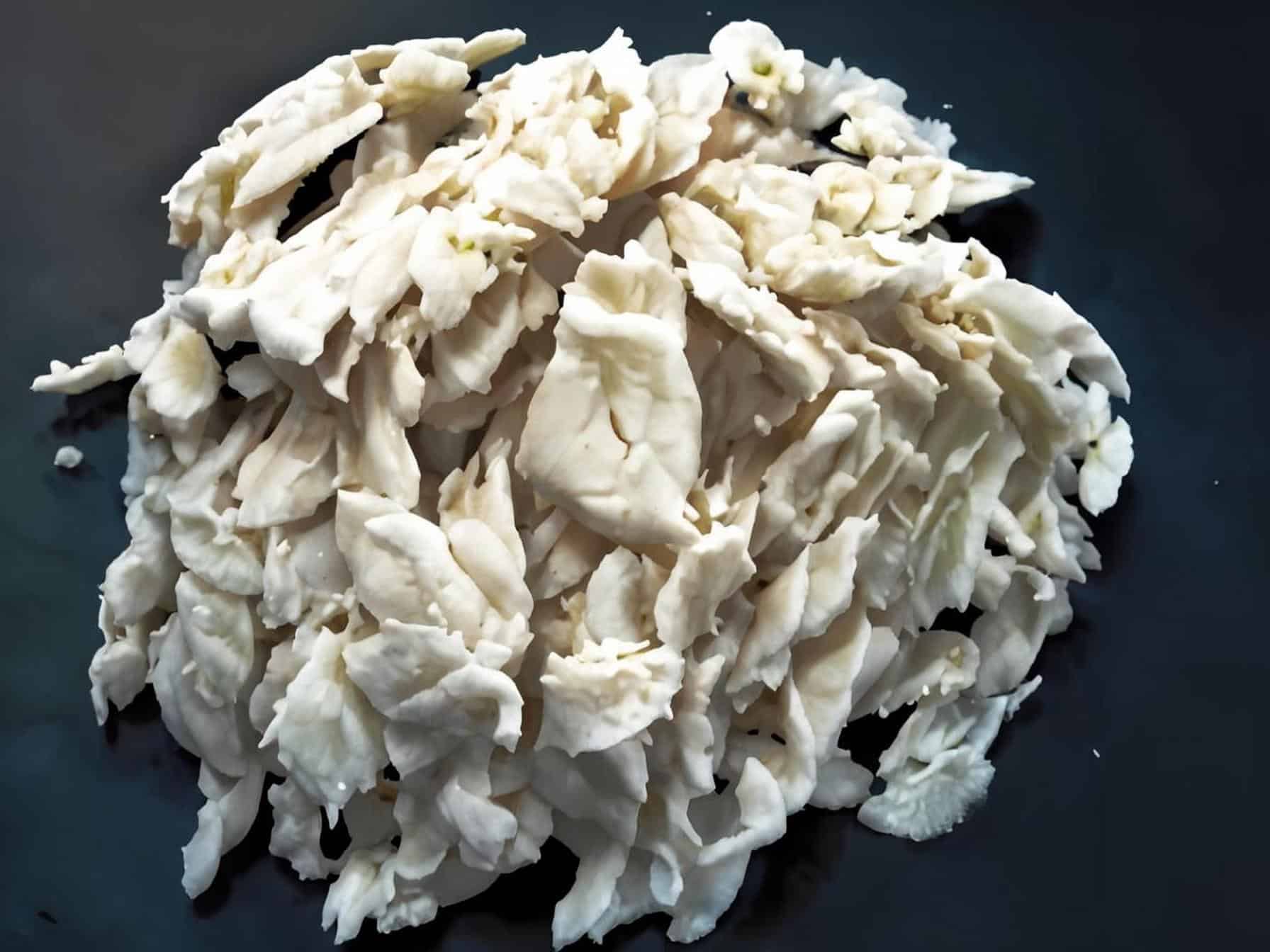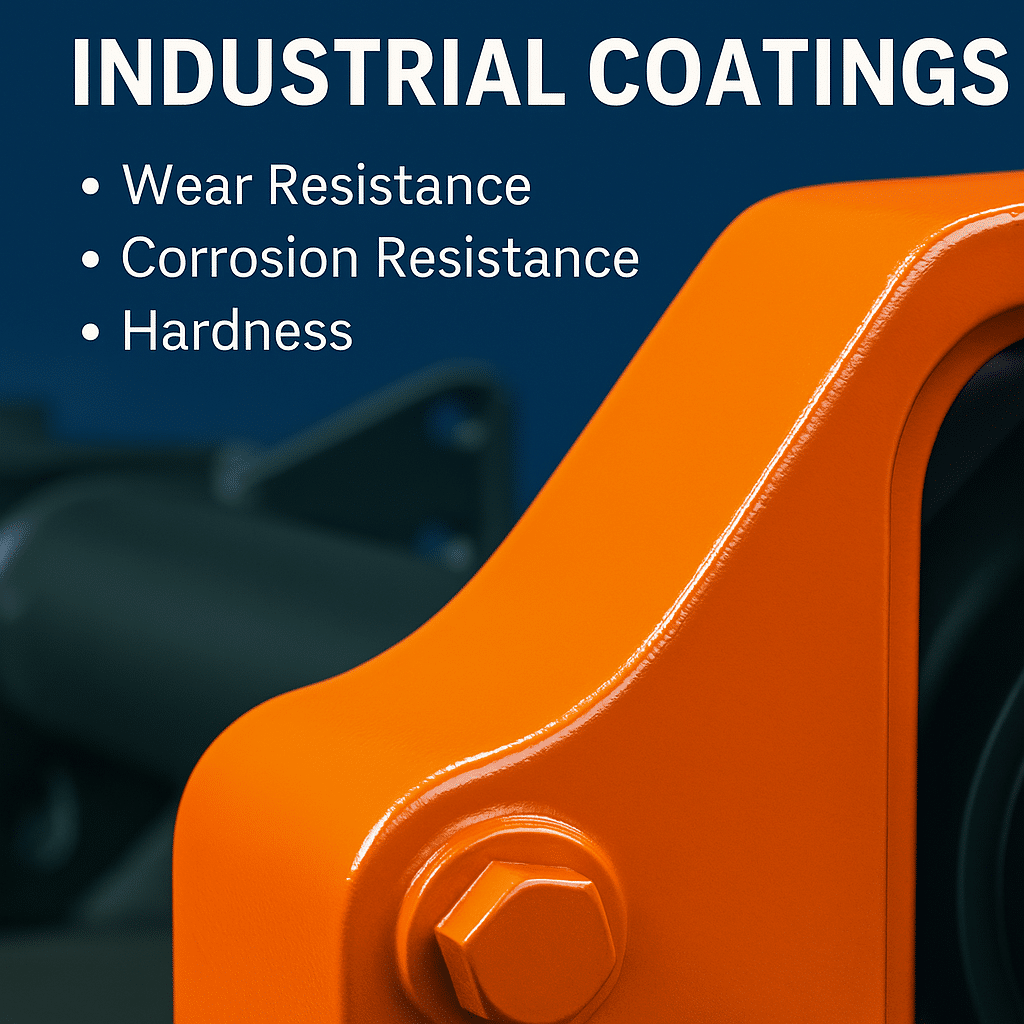Epoxy resin adhesive is formulated with epoxy resin as the main body. There are epoxy groups at the ends of the resin macromolecules, and hydroxyl and ether bonds between the chains, and hydroxyl and ether bonds will continue to be generated during the curing process. The structure contains benzene rings and heterocyclic rings, which determine the excellent performance of epoxy resin adhesives. Epoxy resin adhesive is an adhesive with a long history and extremely wide range of uses. Epoxy resin adhesives are recognized by a wide range of users due to their strength, versatility, and excellent adhesion to a wide variety of adhered surfaces. It has participated in and accelerated technological revolutions in certain industrial sectors. Epoxy resins can be used to bond metal, glass, ceramics, many plastics, wood, concrete, and several other surfaces.
More than 10% of the epoxy resin produced in the United States is used as adhesive. In the past, people’s modification of epoxy resin has been limited to rubber, such as carboxyl-terminated nitrile rubber, hydroxyl-terminated nitrile rubber, polysulfide rubber, etc. In recent years, the modification of epoxy resin has been continuously deepened, and the modification methods are changing with each passing day, such as interpenetrating network method, chemical copolymerization method, etc., especially the liquid crystal toughening method and nanoparticle toughening method, which have been the hot spots of research in recent years. With the establishment of the development model of “scale, high purification, refinement, specialization, serialization, and functionality”, the research on modification of epoxy resin is changing with each passing day and has now become the focus of attention in the industry. It will promote epoxy resin to be used more and more widely in economic construction and people’s lives.
Adhesive bonding (bonding, gluing) refers to the technology of connecting the surfaces of homogeneous or heterogeneous objects together with adhesives. It has the characteristics of continuous stress-distributed adhesive cloth, light weight, or sealing, and most process temperatures are low. Gluing is particularly suitable for connecting different materials, different thicknesses, ultra-thin specifications, and complex components. Glue has developed the fastest in recent generations, has a wide range of application industries, and has a significant impact on the progress of high-tech science and technology and the improvement of people’s daily lives. Therefore, the research, development, and production of various types of adhesives are very important.
Epoxy resin glue refers to a general term for compounds that contain two or more epoxy groups in a molecular structure and can form a three-dimensional cross-linked curing compound under appropriate chemical reagents and conditions.
Epoxy resin adhesive is a liquid or solid adhesive composed of epoxy resin, curing agent, plasticizer, accelerator, diluent, filler, coupling agent, flame retardant, stabilizer and so on. Among them, epoxy resin, curing agent and toughening agent are indispensable components, and others can be added according to needs. The bonding process of epoxy adhesive is a complex physical and chemical process, including wetting, adhesion, curing and other steps, and finally generates a cured product with a three-dimensional cross-linked structure, which combines the adherend into a whole.
There are many types of epoxy adhesives. Among all types of epoxy resins, bisphenol A epoxy resin is the one with the largest output and the most widely used. According to its different molecular weight, it can be divided into low, medium, high and ultra-high molecular weight epoxy resin (polyphenoloxy resin). Low molecular weight resins can be cured at room temperature or high temperature, but high molecular weight epoxy resins must be cured at high temperatures, while ultra-high molecular weight polyphenoloxy resins do not require the use of curing agents and can form a tough film at high temperatures. With the successive proposals of various adhesion theories, as well as the in-depth progress of basic research work such as adhesive chemistry, adhesive rheology and adhesive failure mechanism, adhesive properties, varieties, and applications have developed by leaps and bounds. Epoxy resin and its curing system have also become an important type of adhesive with excellent performance, many varieties and wide adaptability due to its unique and excellent properties and the continuous emergence of new epoxy resins, new curing agents and additives.
In recent years, high-strength and lightweight fiber-reinforced composite materials have been gradually used in ultra-low temperature environments, and research on the ultra-low temperature properties of epoxy resin has also been increasingly intensified. Our country’s research has made some progress in terms of being used as a matrix material for composite liquid hydrogen storage tanks and as a matrix material for adhesives, impregnation materials and fiber-reinforced composite materials in the field of superconductivity. Pure epoxy resin has a high cross-linking density and has shortcomings such as brittleness, low toughness, and poor impact resistance even at room temperature. As the resin matrix of composite materials, it generally needs to be cured at very high temperatures. During the cooling process after solidification, thermal stress will be generated inside the heat-shrinkable resin matrix. When the temperature drops from room temperature to ultra-low temperature (below -150°C), the internal stress generated by thermal shrinkage in the matrix will be more significant. Once the thermal stress exceeds the strength of the resin itself, it will cause damage to the resin matrix. Therefore, improving toughness is critical for the use of epoxy resins at ultra-low temperatures.
The current method to improve the ultra-low temperature toughness of epoxy resin is mainly to use flexible aliphatic resin, liquid rubber, and flexible curing agent to toughen epoxy resin. Because this type of material has a low glass transition temperature, it has a large free volume at room temperature. When the temperature drops to ultra-low temperatures, the resin system will undergo great thermal shrinkage, resulting in large thermal stress, which limits its application at ultra-low temperatures. The blending modification of high-performance thermoplastics and epoxy resins at room temperature allows the blending system to have the superior properties of both, that is, while maintaining the high modulus of the thermosetting resin, it also has the high toughness of the thermoplastic.
The bonding performance of the adhesive (strength, heat resistance, corrosion resistance, impermeability, etc.) depends not only on its structure and performance, but also on the structure and adhesive properties of the surface of the adherend. Moreover, it is closely related to joint design, adhesive preparation, and bonding process, and is also restricted by the surrounding environment. Therefore, the application of epoxy adhesive is a systematic project. The performance of the epoxy adhesive must be compatible with the factors affecting the bonding performance mentioned above to obtain the best results. When epoxy adhesives of the same formula are used to bond objects of different properties, or use different bonding conditions, or in different usage environments, their performance will be greatly different, and full attention should be paid to the application.
Epoxy adhesives are mainly composed of epoxy resin and curing agent. To improve certain properties and meet different uses, auxiliary materials such as tougheners, diluents, accelerators, and coupling agents can also be added. Due to its high bonding strength and strong versatility, epoxy adhesives were once known as “universal glue” and “powerful glue”. It is widely used in aviation, aerospace, automobiles, machinery, construction, chemical industry, light industry, electronics, electrical appliances, and daily life.
With the improvement of our country’s environmental protection regulations and the improvement of people’s own health awareness, environmentally friendly epoxy adhesives with good quality, no pollution and in line with international standards are gradually becoming the mainstream products of synthetic adhesives.
More information or free samples or price quotations, please contact us via email: sales@yqxpolymer.com, or voice to us at: +86-28-8411-1861.
Some pictures and texts are reproduced from the Internet, and the copyright belongs to the original author. If there is any infringement, please contact us to delete.




